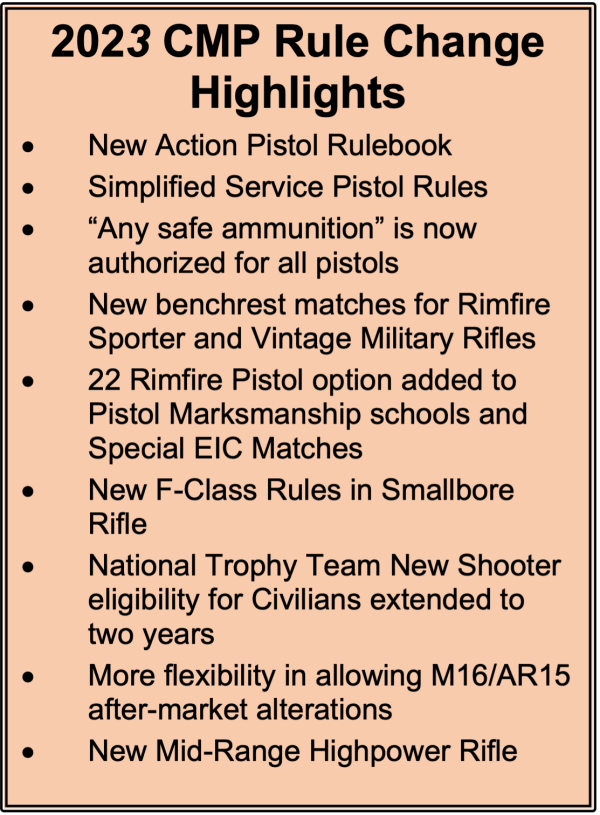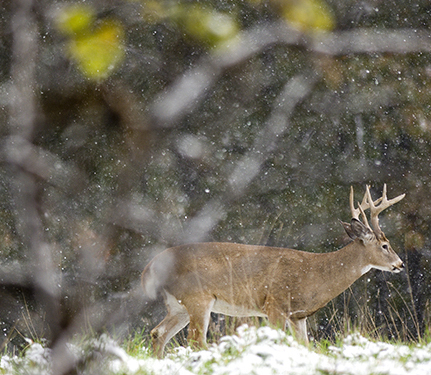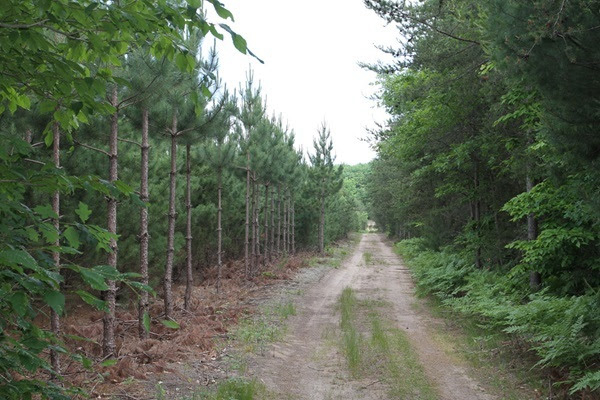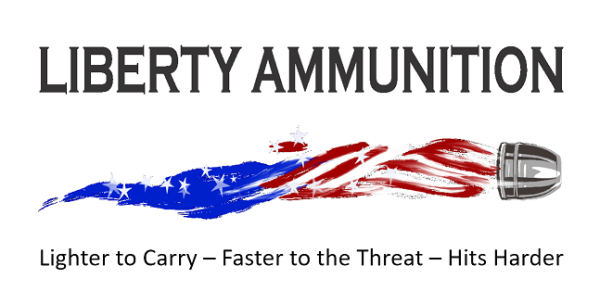Changes abound in Michigan’s deer hunting regulations
It may be early September, but the first rounds of deer season – the Liberty Hunt and the early antlerless deer season, Sept. 21-22 – are only two weeks away. There have been some significant changes made to deer hunting regulations for the 2013 season, so hunters expecting to go about business as usual this fall should take a few minutes to familiarize themselves with the rules.
The most significant change is the addition of 12 counties in the northwestern Lower to those with antler restrictions. Beginning this year deer hunters in Antrim, Benzie, Charlevoix, Emmet, Grand Traverse, Kalkaska, Lake, Manistee, Mason, Missaukee, Osceola and Wexford counties will be restricted to bucks with a minimum of three antler points on at least one antler. The 12 counties join Leelanau County, which has had that regulation for a decade.
The rule was adopted by the Natural Resources Commission after hunters from the area petitioned for the antler restrictions and Wildlife Division officials at the Department of Natural Resources conducted surveys indicating that at least two-thirds of the hunters supported the change.
“The regulation will be in place for five years and we will evaluate support among hunters as to whether they would like to see it remain in place after that,” said Brent Rudolph, the DNR’s deer and elk program.
Hunters who opt for the two-tag combination license will still be restricted to one buck with at least four antler points on one antler if they choose to take a second buck.
The September early antlerless season and Liberty Hunt — the former hunts for 100 percent disabled veterans and youth – will run concurrently as they did last year. Youths, 16 years of age or younger, may participate, as well as hunters with disabilities who meet one of the following criteria:
- Is a veteran who has been determined to be 100 percent disabled or rated as unemployable by the U.S. Department of Veterans Affairs;
- Has been issued a permit by the DNR to hunt from a standing vehicle;
- Has been issued a permit by the DNR to hunt using a laser-sighting device; or
- Is legally blind as defined by law.
September hunting dates have been whittled down significantly from several years ago, but they never had a significant impact on deer populations, Rudolph said.
“The early antlerless season is now two days and is open in much of southern Michigan, DMU 487 (the tuberculosis zone in the northeastern Lower Peninsula) and Charlevoix and Antrim counties,” Rudolph said. “Last year hunters took a little more than 6,000 deer in September. In southern Michigan, they took 4,500 antlerless deer in the early season compared to about 17,000 taken during the muzzleloader season. Overall, hunters took 110,591 deer in southern Michigan, so in terms of the number of deer taken in the early antlerless season, it was never a huge percentage of the take. Two years ago, we did have quite a bit of hunting in September, but there were relatively few hunters participating in those hunts.”
The Independence Hunt, Oct. 17-20, is restricted to those hunters with disabilities meeting the same criteria as for the Liberty Hunt. Hunters may take a deer with or without antlers.
Hunters participating in the Liberty or Independence hunts may use a firearms license, combination license or antlerless license. Youths may also use a mentored youth license. Hunters may take one deer, with or without antlers. All antler-point restrictions apply except for youths with a mentored youth license.
The change most likely to affect the most hunters is the creation of new deer management units (DMU) in southern Michigan. There are no antlerless permits for DMU 486, which includes most of southern Michigan, this year. Instead, there are a number of new DMUs which are made up of either single counties or small contiguous groups of counties. There is one four-county DMU (DMU 319) in central southern Michigan, three three-county DMUs, two two-and-a-half-county DMUS, and two two-county DMUS. All other DMUs in the Lower Peninsula are single counties.
DMUs were created based on consistency of deer numbers and other conditions such as the amount of agriculture damage, habitat conditions and urbanization, Rudolph said.
“Essentially, the idea behind the groupings was to provide the largest possible units to give hunters the most flexibility without having to buy multiple tags,” he said. “So we basically looked at how large we could go and still have consistent conditions within the DMU.
“After the last 10 years, we’ve finally seen stable, or in some cases decreasing, deer numbers in what was DMU 486,” Rudolph continued. “In addition, we saw several significant outbreaks of epizootic hemorrhagic disease (EHD) last summer, so that makes this a good time to make this change.”
Last year the antlerless deer harvest in southern Michigan fell by about 15 percent. Accordingly, fewer antlerless permits will be available in southern Michigan this season.
“We greatly appreciated what people did on the ground reporting EHD losses,” Rudolph said. “It was widespread, so it’s hard to get a good handle on how many deer were lost, but clearly the drought and heat last year created optimal conditions for the disease. Outbreaks were highly localized; hunters just a few miles from some significant losses saw little or no change in numbers of deer. So we encourage hunters with antlerless permits to use their own judgment of what’s appropriate for their localized deer numbers.
“If you’re seeing a lot of deer, don’t worry. And, conversely, if you are in an area that was affected by EHD, it may be a few more years before you begin to see deer numbers again like you did before. Wildlife Division will be conducting research in a few areas hard hit by last year’s epidemic to help judge local recovery of deer populations.”
Antlerless permit allocations were cut somewhat in the Upper Peninsula, too.
“The past winter lingered,” Rudolph said. “We had late heavy snowfalls, enough that we thought it might have impacted the herd – especially in the western U.P. – so we reduced antlerless permits.”
For additional details on regulations, DMUs, antler point restrictions and other hunting questions, please see the 2013 Hunting and Trapping Digest.






